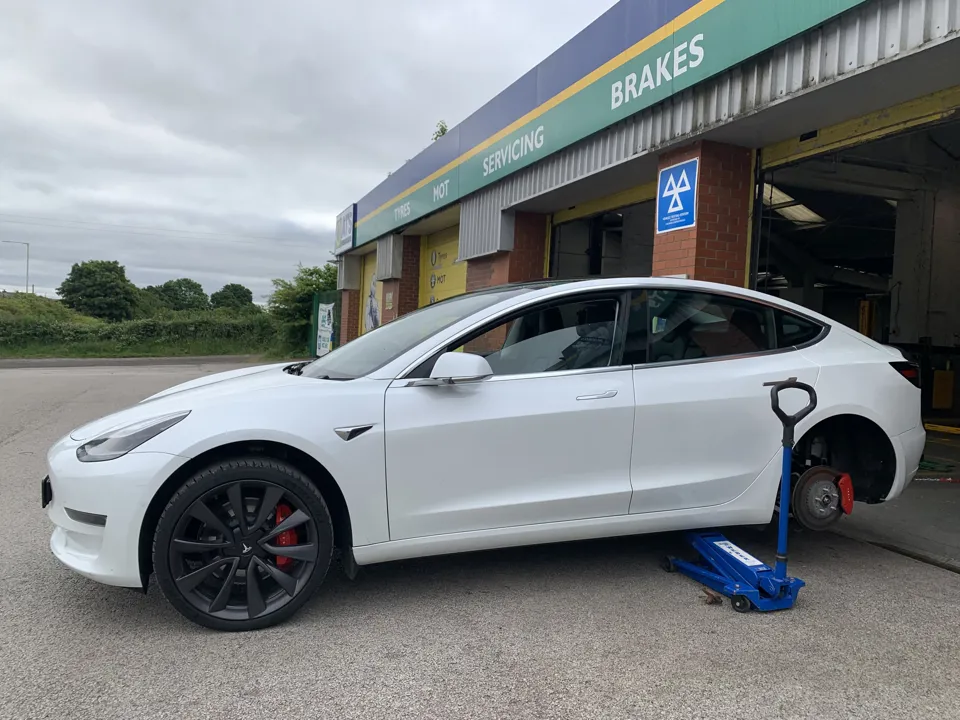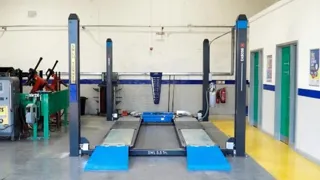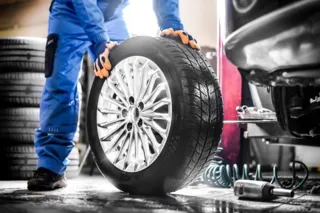ATS Euromaster is warning that fleets making the switch to electric vehicles (EVs) need to prepare for a shift in the balance of service, maintenance and repair (SMR) spend.
EVs are expected to cost less to service, thanks in part to fewer moving parts and the absence of requirements such as oil changes, but tyre life expectancy is likely to change compared with traditional internal combustion engine (ICE) fleet vehicles, says ATS.
The tyre and maintenance provider explains that this is down to a number of factors, including the bulk of the cars. The majority are heavy SUVs, which when combined with the weight of a large battery makes them extremely heavy, while regenerative braking may also have a role in shortening the tyre replacement cycle.
However, Mark Holland, operations director at ATS Euromaster, said: “The greatest influence on the wear rate of tyres is the driver.
“With EVs there does seem to be a tendency for drivers new to electric vehicles to make continued use of the exceptional acceleration offered – at least during the initial phase of the driver’s lifecycle with the vehicle.
“The data is very young at the moment and there’s certainly not enough to draw significant conclusions about tyre wear, but driver behaviour appears to be a significant factor.”
In a recent survey conducted by Michelin, nearly 60% of drivers said they enjoyed the accelerative power of EVs and used it at every opportunity where it was safe to do so or did so during the early phase of vehicle ownership before resorting to more moderate levels of acceleration.
Holland continued: “This strongly suggests to us that fleets should prepare for accelerated tyre replacement on EVs, certainly in the first phase of driver use. It seems the novelty of the EV driving experience is having an unexpected effect on tyre wear rates.
“We would also suggest that fleets actively consider driver training before handing over a new EV to a company employee to mitigate these issues, but also as part of a broader duty of care programme.”
Fleet guidance on EVs from ATS Euromaster
- Expect accelerated tyre wear, certainly during the initial phase of driver use
- Consider driver training as part of your fleet’s decarbonisation programme with an introduction to EV technology and the different driving characteristics of EVs compared with ICE vehicles
- Monitor tyre replacement and take preventative driver action if excessive tyre wear continues or explore alternative, EV-specific tyres
- As newer EVs appear on the market, consider moving your fleet away from heavier SUV style models to EVs with less weight, which will not only improve vehicle efficiency but also SMR cost pressures























Login to comment
Comments
No comments have been made yet.